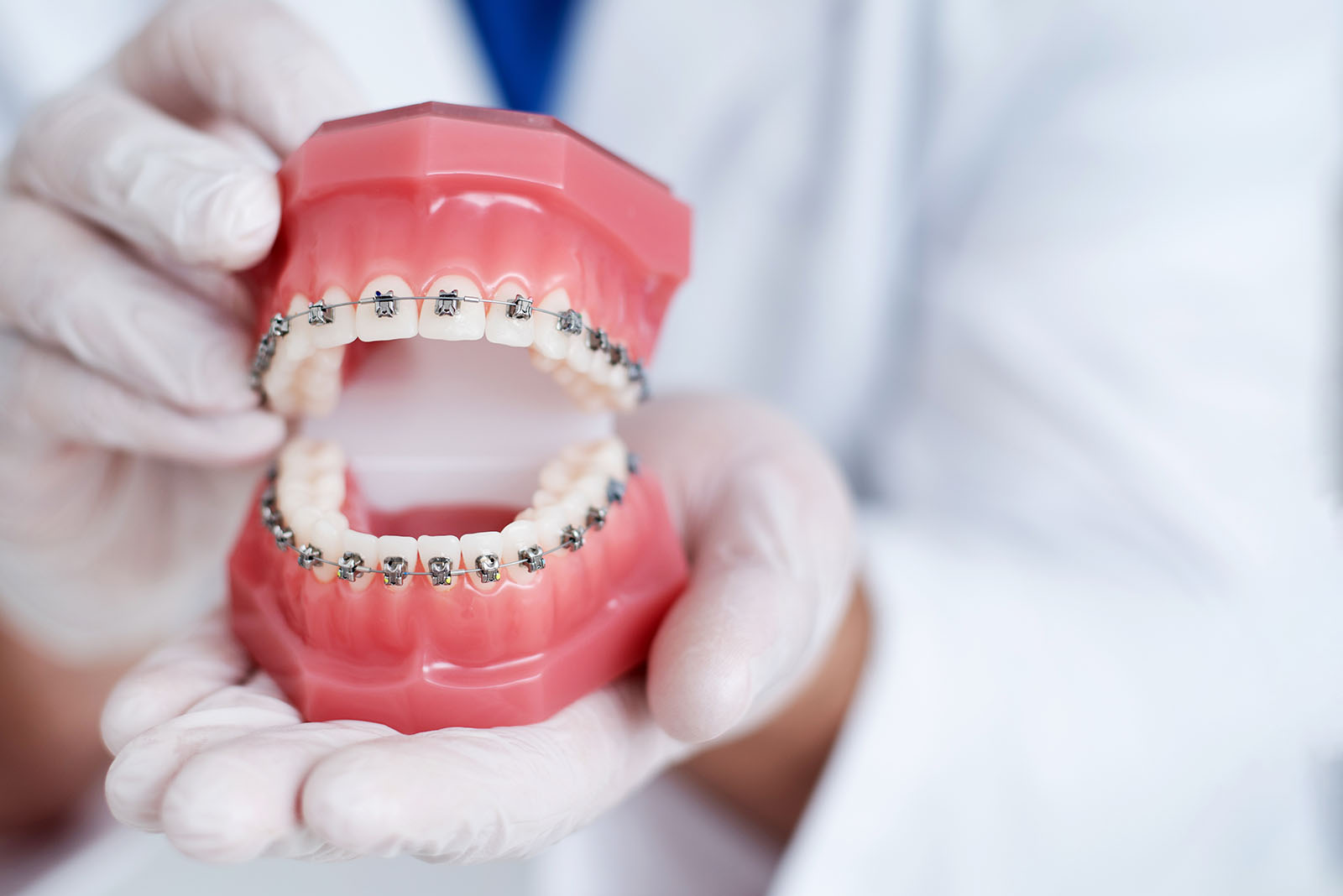Call Us Today!
(860) 354-6006
New Patients
(860) 248-2099

Although most people imagine orthodontic treatment to be primarily delivered to children and adolescents, adult patients 19 years and older actually constituted 23.1% of orthodontic patients in the latest national study in 2004. In fact, 2.2 million American adults reported seeing the orthodontist.
One of the most common reasons that most adults reported seeking orthodontic treatment was for occlusal, or bite-related, issues. For example, many adults report negative changes in the feeling of their “bite” over time. This could be related to deepening of the overbite (the vertical overlap of the upper front teeth over the lower) over time, which can be painful. Teeth can also shift and become more crooked over time (teeth, like everything else in the human body, continue to move over time- usually to our detriment). Spaces between the teeth can open, often just enough to trap food and become both a social (nobody wants spinach caught between their teeth at a social event) and hygiene issue. Or many times, dentists refer their adult patients to the orthodontist to “set up” their teeth to the most ideal position before beginning a restorative or prosthodontic treatment plan. It is easier for your dentist to achieve a great result with expensive dental “work” (like implants, crowns and bridges) if your teeth are straight/aligned, and the dental arches are coordinated (if the upper and lower teeth bite together well in a nicely coordinated arc). It is recommended that this foundation work with orthodontics is completed before making a significant investment in other permanent dental work.
Of course, another major motivating factor for adults seeking orthodontic treatment is the desire for esthetic improvement (straightening of crooked teeth). Unlike other cosmetic procedures that are move invasive (e.g., plastic surgery), orthodontics delivers a subtle, attractive improvement in the patient’s smile and overall appearance in a very natural way. And, dental benefits are obtained simultaneously with the cosmetic improvement, so most adults find that their investment in orthodontic treatment to indeed be of value.
What can be done? You have lots of options! There have been so many advances in orthodontics in recent years, so that there will be a fit for each individual’s lifestyle and treatment needs. Orthodontic treatment is more comfortable, less visible, and more effective than ever before.
Many adults choose to use a clear removable retainer product like Invisalign, which can be easily removed for eating, drinking, and brushing. It is also clear and comfortable and has been shown to lead to an overall positive patient experience. And with this option, recall appointments may be scheduled quite far apart (10-12 weeks), which is a big advantage for busy, working adults.
Traditional braces are still considered the “gold standard” for orthodontic treatment. Clear, porcelain non-staining brackets (unlike the clear plastic braces used in the 1980s, which very obviously became stained) are a good esthetic option for adults that choose this treatment modality. Why would an adult choose braces? They may need movements that are too difficult for Invisalign (like closing large molar extraction spaces or correcting severely deep overbites), or they may wish to “leave the treatment in the doctor’s hands” (Invisalign requires a lot of cooperation on the patient’s part, removing and re-inserting the aligners).
Some adults may desire retainers only, to be worn at night to prevent additional shifting of the teeth over time or protect the teeth after new porcelain dental work is placed. Some adults request active removable retainers, for minor correction of the teeth as a low-cost alternative.
There are so many treatment options that every orthodontic treatment plan must be customized to the unique patient. This is why orthodontists request new patients to schedule an appointment for records (photographs, x-rays, and usually a 3-D scan to create a digital 3-D image) and then a discussion afterwards to present a variety of options for the patient to make the choice that best suits their lifestyle and treatment needs.
More information on adult orthodontics can be found on the American Association of Orthodontists’ website, https://www3.aaoinfo.org/_/adult-orthodontics/
